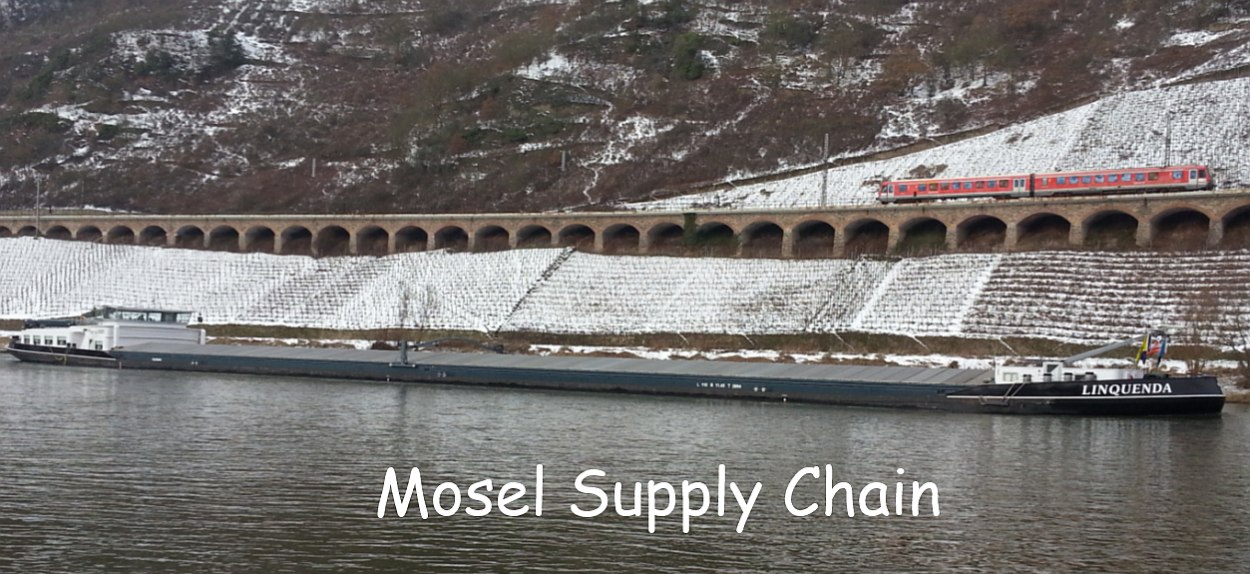Description
The description of this process is defined within the objectives
Process Objectives
- Timely, accurate budgets and financial reports
- Relevant, timely and accurate information to management
- Maximise cash flow/investment earnings
- Provide low cost/reduced cycle time and increased accuracy for processing activities
- Optimise the entity’s capital structure
- Optimise tax structure to minimise overall taxes
- Comply with financing agreements/covenants and minimise financing costs
Critical Success Factors (CSF’s)
A. Timely, relevant, accurate financial information (1,2)
B. Relationships with financing sources (5,7)
C. Efficient operations/qualified personnel (1,2,3,4,5,6)
D. Matching of cash requirements with forecasts (3,4)
E. Compliance with tax and loan regulations (7)
Key Performance Indicators (KPI’s) Linked to CSF’s
- Cycle time for monthly close, “customer” satisfaction levels; information systems costs as % of sales; variances between initial close and final amounts; suspense account analysis (A)
- Number/quality of financing sources (B)
- Cost per vendor invoice processed; debtor/creditor days in sales/cost of sales; employee turnover rates; finance department headcounter and costs as % of respective totals (C)
- Yield on investments; effective interest rate on borrowings (D)
- Amendments to tax returns required; effective tax rate; default notices on covenants (E)
Inputs
- Strategic plan
- Functional budgets
- Process budgets
|
- Financial resources
- Debt / lease agreements
- Economic environment
|
- Capital budgets
- “Customer” requirements
- Market data
|
Activities
Outputs
- Budgets / forecasts
- Internal reports
- External financials
|
- Investments statistics
- Investment management
|
- Process performance measurement
- Disbursements
|
Systems
- Cash management
- Tax compliance
- Disbursement / payable
|
- Payroll / human resources
- Investment management
- Financial reporting
|
- Billing / accounts receivable
- General ledger
- Budgeting
|
Classes of Transactions
Routine
- Cash receipts / disbursements
- Daily financing
- Cash management
|
Non-Routine
- Debt issuance
- Debt retirement
- Accrued interest
|
Accounting Estimates
- Tax accruals
- Tax provision
|
Risks Which Threaten Objectives
A. Inaccurate financial/management information (1,2,4)
B. Debt agreement/covenant violations (7)
C. Excessive exposure (interest, tax, counterparty) (5,6)
D. Mis-matched investments/debt (3,5)
E. Excessive tax exposure/non-optimal structure (5,6)
F. Changes in market conditions (5,7)
G. External pressure to obtain results (2,7)Management Responses Linked to Risks
Management Responses Linked to Risks
Strong financial information systems; controls over reconciliations/suspense accounts, internal audit (A)
Monitoring of covenants (B)
Exposure reviews with “expert” assistance (C)
Treasury management system; strong cash forecasting system (D)
Tax exposure review vs external environment; “expert” assistance in tax structure review (E)
Infrastructure to track and react to market changes (F)
- Review of accounting policies; audit committee oversight (G)
Other Symptoms of Poor Performance
- Cash crises
- High transaction costs
- High effective tax rates
- Lack of action following internal / external audit recommendations
|
- Inaccessible information
- Manual systems/workflow
- Too many/few controls
|
- Reports done outside financial systems
- Decentralised sales/use tax administration
|
Performance Improvement Observations
- Change management
- Performance measurement
- Work process simplification
- Tax minimisation
- Management reporting review
|
- Internal audit review
- Activity-based management study
- Electronic data interchange
- Treasury review
- Sales tax planning
- Global reporting
|
- Benchmarking study
- Foreign sales corporation review
- Activity value analysis
- Payroll tax planning
- Unemployment tax planning
|






